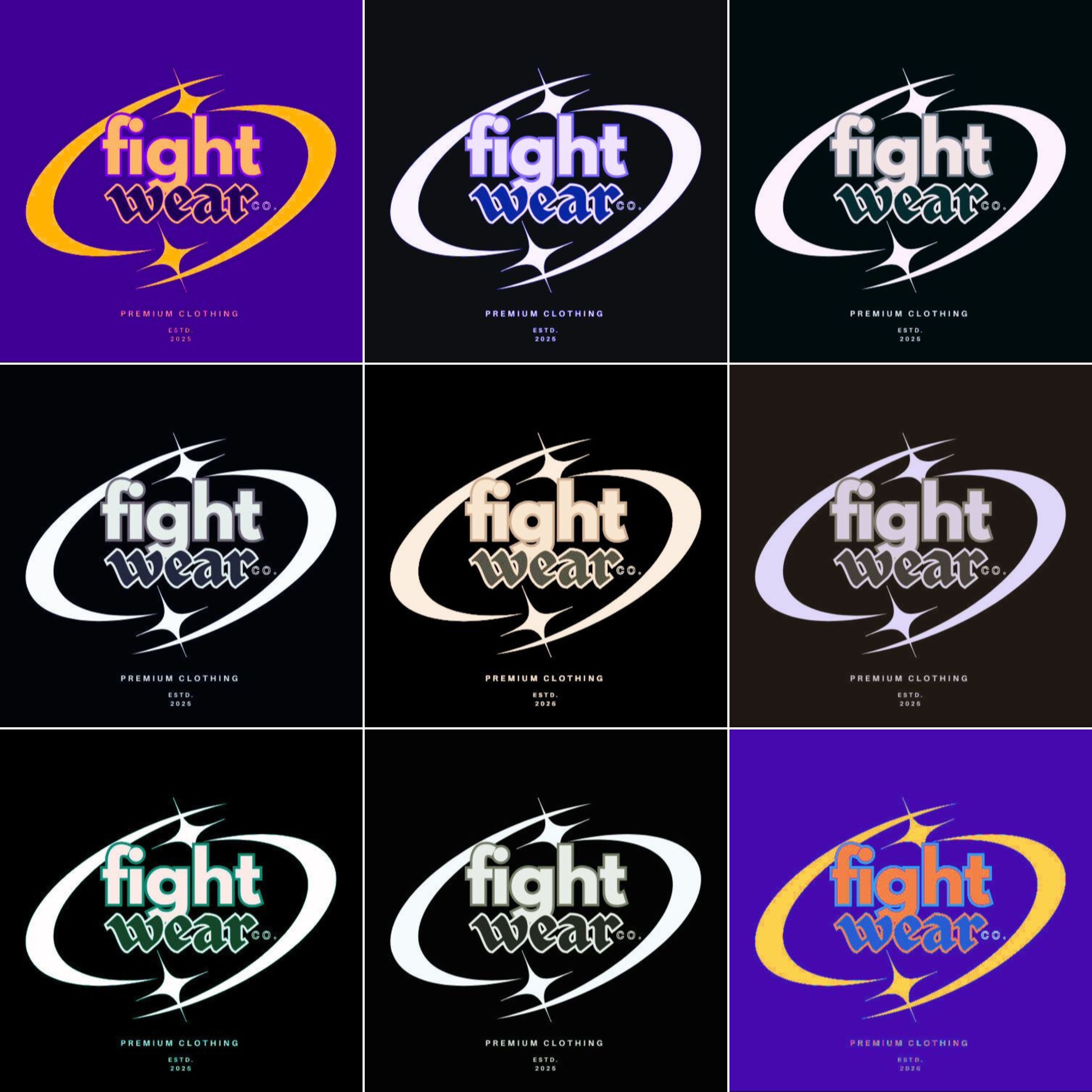Running outdoors is one of the healthiest activities, but it requires the right clothing to maintain comfort, performance, and protection from the elements. Sweatshirts play a key role, helping to regulate temperature, wick away sweat, and provide freedom of movement. In this guide, we'll tell you how to choose the perfect sweatshirt for outdoor running and enjoy every mile.
Discover sweatshirts that accompany you in training and leisure.
🔑 Key features of a running sweatshirt
1. Breathable and lightweight fabrics
Choose sweatshirts made with technical polyester, elastane, or breathable blends that wick away sweat and allow your skin to breathe during your run.
2. Correct fit and adjustment
-
Slim fit : ideal to avoid excess fabric that interferes with movement.
-
Regular fit : balanced comfort for different body types.
-
Oversize : only recommended in cold weather or for extra layers.
3. Freedom of movement
Ergonomic seams and sleeves designed to flex your arms and shoulders are essential to ensure the sweatshirt doesn't restrict your stride.
4. Protection from the weather
-
For winter running: sweatshirts with a lightweight fleece lining that keeps you warm without overheating.
-
For running in autumn or spring: light and breathable sweatshirts.
-
Hood and reflective details for safety on cloudy or low-light days.
5. Durability and resistance
Look for sweatshirts with fabrics that are resistant to wear and tear and frequent washing, ensuring they maintain their shape and properties over time.
🏃 Additional tips
-
Ventilation panels : strategic areas on the back or armpits increase breathability.
-
Practical pockets : ideal for storing keys, phone or energy gels.
-
Adjustable zippers : allow ventilation according to your body temperature.
✅ Conclusion
Choosing the right sweatshirt for outdoor running means combining technical fabrics, a proper fit, and functional details that protect against the elements and maximize comfort. With the right garment, you can focus on your performance and enjoy every workout without distractions.


